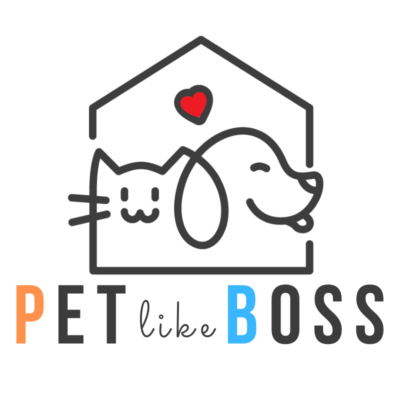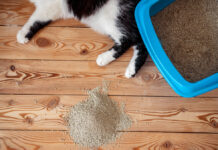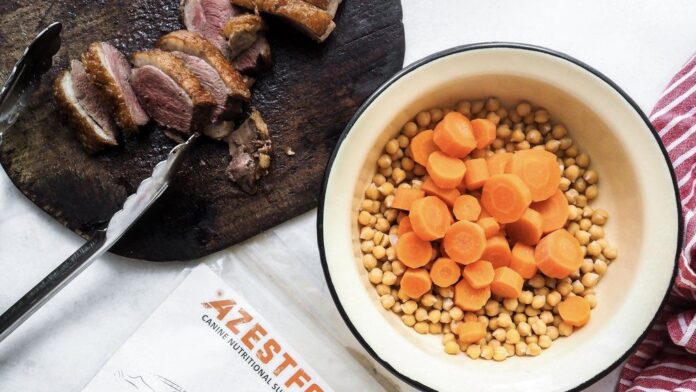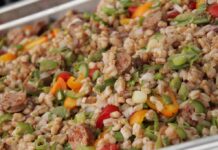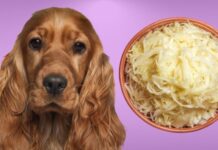Are you tired of expensive commercial dog food? Making homemade grain-free dog food might be the perfect solution for your furry friend! As a pet parent and blogger at Pet like boss I’ve experimented with various recipes and I’m excited to share my knowledge about creating nutritious meals for your pup.
Why Choose Grain-Free Dog Food?
Before diving into recipes, it’s important to understand why some pet owners opt for grain-free diets. While not all dogs need grain-free food, some may benefit from it, especially those with specific food sensitivities or allergies. If you’re interested in learning more about dog nutrition and care, check out our comprehensive guide on dog health and wellness.
Essential Ingredients for Homemade Grain-Free Dog Food
Creating nutritious homemade grain-free dog food requires careful consideration of these key components
-
Protein Sources
- Lean ground beef
- Turkey
- Chicken
- Fish
-
Vegetables:
- Sweet potatoes
- Carrots
- Green beans
- Pumpkin
-
Healthy Fats:
- Coconut oil
- Fish oil
- Olive oil
Basic Recipe for Homemade Grain-Free Dog Food
Here’s my go-to recipe that’s been a hit with many pups:
Ingredients:
- 2 lbs lean ground meat
- 1 large sweet potato, diced
- 2 carrots, chopped
- 1 cup green beans
- 1 tablespoon coconut oil
- 1 cup water
- Dog-friendly supplements
Instructions:
- Brown the meat in a large pot
- Add vegetables and water
- Simmer for 20-25 minutes
- Cool before serving
Tips for Making and Storing Your Homemade Grain-Free Dog Food
Making homemade grain-free dog food requires proper planning and storage. Here are some pro tips:
-
Batch Cooking:
- Cook large portions
- Divide into meal-sized containers
- Freeze for up to 3 months
-
Safety Considerations:
- Use fresh ingredients
- Avoid harmful foods
- Maintain proper hygiene
Common Mistakes to Avoid
When preparing homemade grain-free dog food, watch out for these common errors:
- Skipping supplements
- Not balancing nutrients
- Using harmful ingredients
- Incorrect portion sizes
Transitioning Your Dog to Homemade Food
The transition to homemade food should be gradual:
Week 1: 25% homemade, 75% old foodWeek 2: 50% homemade, 50% old foodWeek 3: 75% homemade, 25% old foodWeek 4: 100% homemade food
Cost-Saving Tips
Making your own dog food can be economical if you:- Buy ingredients in bulk- Use seasonal vegetables- Watch for meat sales- Prepare large batches
Health Benefits and Considerations
The benefits of homemade grain-free dog food include:- Better digestion- Improved coat condition- More energy- Fewer allergic reactions
However, always consult your vet before making significant dietary changes.
Recipe Variations
Chicken and Sweet Potato Recipe
- 2 lbs ground chicken
- 2 sweet potatoes
- 2 cups mixed vegetables
- 1 tablespoon olive oil
- Supplements as needed
Fish and Vegetable Recipe
- 2 lbs white fish
- 1 cup pumpkin
- 1 cup carrots
- Fish oil supplement
- Required vitamins
Monitoring Your Dog’s Health
Watch for these signs when transitioning:- Energy levels- Coat condition- Stool consistency- Weight changes
FAQ Section
How long does homemade dog food last?
- Refrigerated: 3-4 days
- Frozen: Up to 3 months
Do I need to add supplements?
Yes, most homemade diets require supplementation for complete nutrition.
Can I use different proteins?
Yes, variety is good! Rotate between different protein sources.
Conclusion
Making homemade grain-free dog food can be a rewarding experience for both you and your pet. Remember to:- Follow recipes carefully- Include all necessary nutrients- Monitor your dog’s health- Consult with professionals
Need more pet care tips and advice? Visit Pet like boss for comprehensive guides and resources on pet care, nutrition, and wellness.
Remember, every dog is unique, so what works for one might not work for another. Always observe your pet’s response to new foods and adjust accordingly. Happy cooking for your furry friend!
Note: This article is for informational purposes only and should not replace professional veterinary advice.

